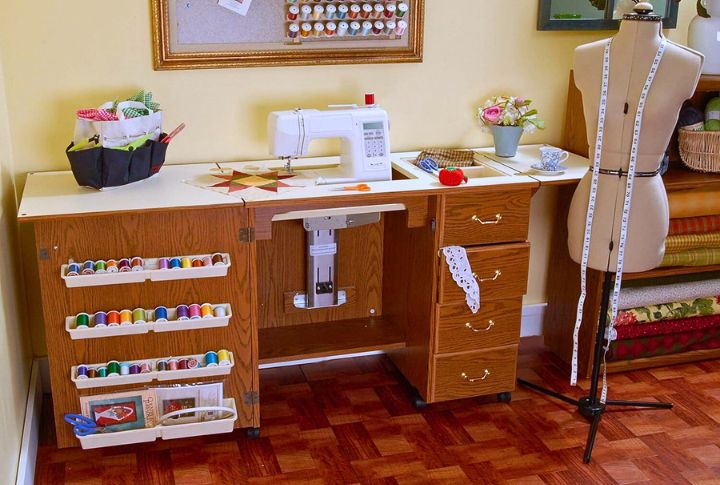
Before modern trends flattened furniture into clean lines and quiet colors, homes had pieces that told stories. These weren’t just useful; they had personality. Some whispered elegance; others shouted utility. Let’s step back into a time when furniture had a little more to say.
Telephone Tables & Benches

Before smartphones took over, telephone benches were multitaskers with flair—half-seat, half-desk. Popular from the 1920s through the ’50s, the design combined rotary phones with built-in notepad shelves. Their compact elegance and mid-century legs made them darlings of hallway decor, sometimes called “gossip benches” for their chatty purpose.
China Hutches
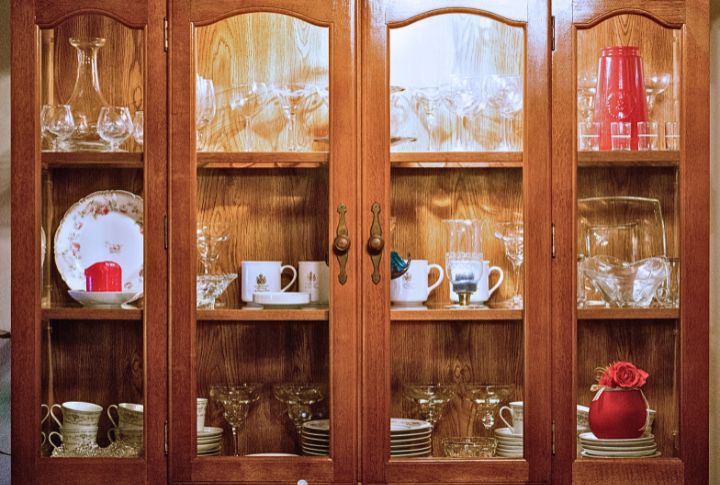
Most American dining rooms had a hutch by the mid-20th century, flaunting heirloom dishware and crystal behind glass doors. But with open-concept kitchens and casual dining taking over, hutches vanished from new builds. Their ornate wood carvings and compartmentalized elegance now scream “heritage” rather than “modern.”
Sewing Cabinets
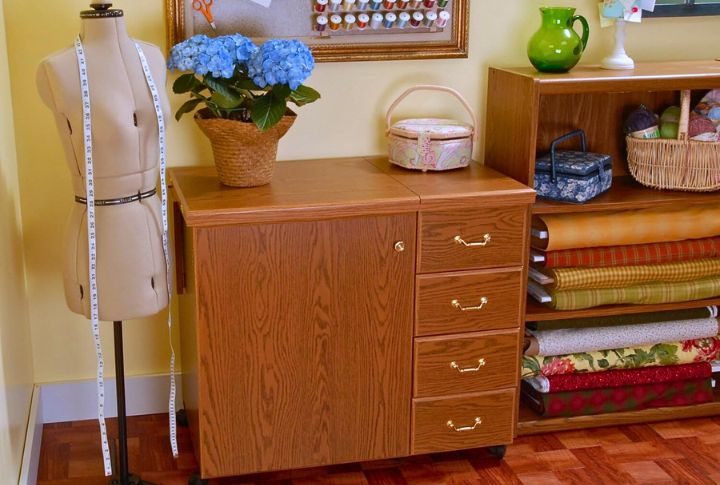
Cleverly built to include fold-out trays, spool slots, and pedal machine compartments, these compact stations were once staples in households where sewing wasn’t a hobby—it was a necessity. Wartime rationing further boosted their presence. However, as fast fashion rose and living spaces shrank, they became charming relics that few still use.
Stereo Cabinets
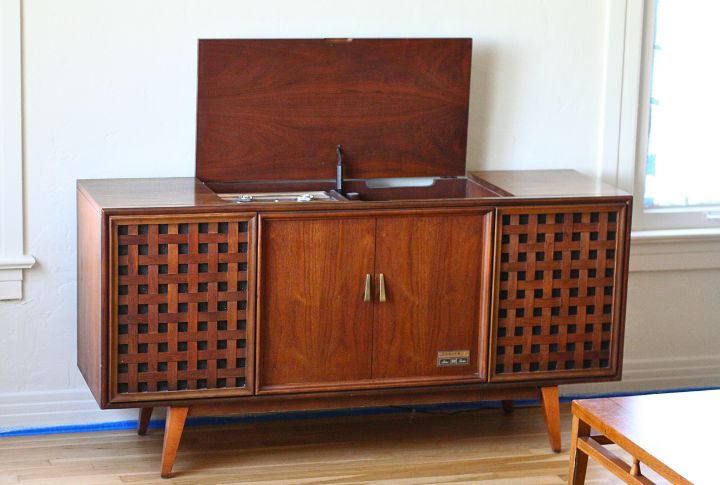
Back when music had its own furniture, stereo cabinets ruled the room. These polished wood consoles weren’t just for sound—they held entire LP collections and looked great doing it. Between the ’50s and ’80s, every living room had one.
Vanity Tables

Hollywood glam once demanded a dedicated beauty zone. Vanities with tri-fold mirrors, along with velvet stools and hidden drawers, were standard in traditional American bedrooms. Today, streamlined routines and shrinking spaces have pushed these feminine icons out, despite their fine detailing and Art Deco charm still turning heads.
Washstands
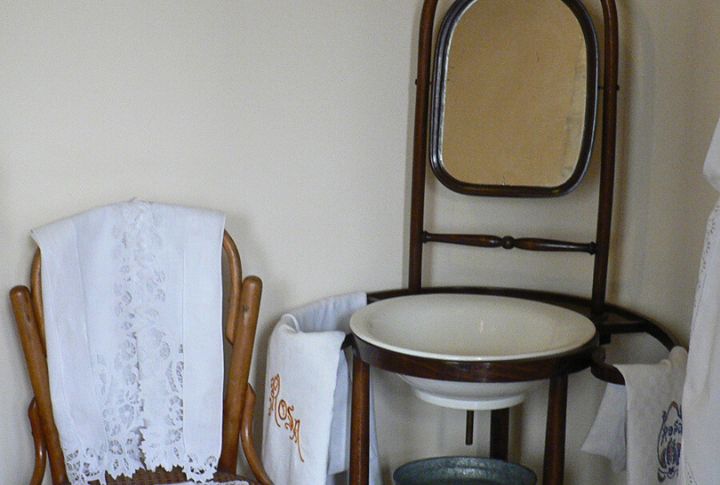
Long before plumbing, washstands served as essential morning stations. Topped with ceramic basins and flanked by towel bars, they paired perfectly with pitcher sets and mirrors. The moment indoor plumbing became common in the early 20th century, such designs vanished—though many are still upcycled into bathroom vanities.
Grandfather Clocks

A grandfather clock once gave a room its rhythm and soul. More than a timepiece, it felt permanent. Though digital clocks took over, the quiet authority of those tall, wooden giants still draws those who appreciate depth over trend.
Secretary Desks
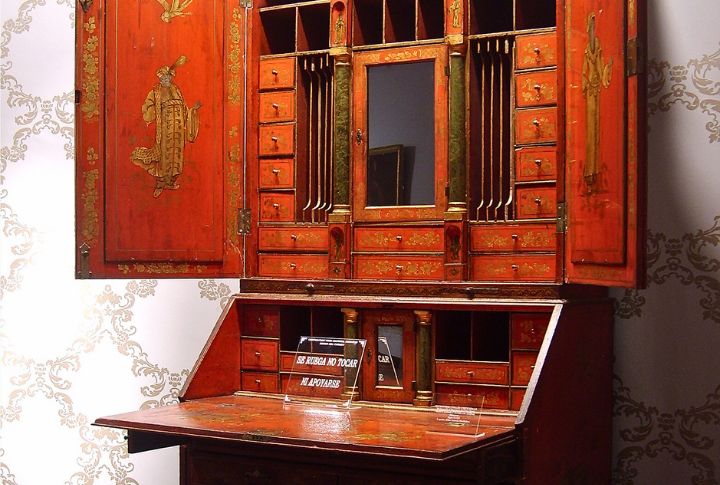
Function met elegance in fold-down secretary desks that housed ledgers, letters, and inkwells. Rising in popularity during the 18th century, the desk remained beloved through the early 1900s. Sleek modern furniture gradually took place, but the original design still appeals to vintage-style interiors.
Clothes Presses

Far more than simple wardrobes, clothes presses stood as architectural statements in the room. Built to store garments long before closets were common, clothes presses featured ornate carvings and sturdy shelving. Found in colonial and Victorian homes, they brought a sense of artisanal quality to bedroom spaces now rarely seen.
Pie Safes
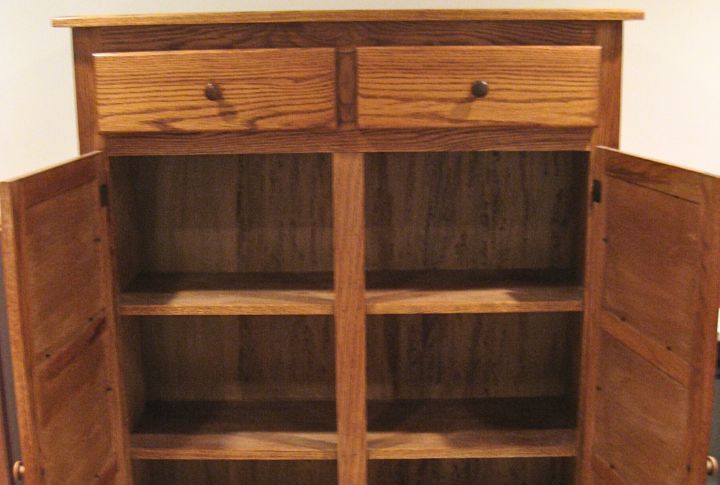
Before refrigeration, pie safes protected baked goods and perishables behind perforated tin panels that let air in but kept pests out. Often found in kitchens and pantries, these ventilated wooden cabinets combined utility with folk-art charm. Each one features handcrafted patterns that vary by region and maker.

